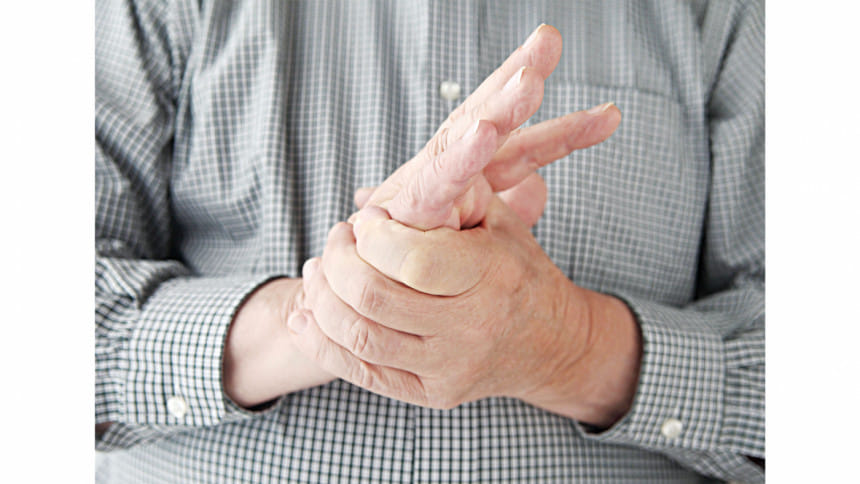Pins and needles: an uncomfortable experience

Pins and needles, called paraesthesia in medical science, is an uncomfortable experience. More or less, everyone endures this kind of situation. It happens if nerve sensation in the blood vessels does not function correctly.
When you have pins and needles, some parts of the body pinned like thorns, sometimes the legs or hands are numb or tingling. It appears when a part of the body is pressed somewhere for a long time. It can be for a few minutes or a few seconds. The feeling goes away when the blood supply to the blood vessels and the nerves' sensation become normal.
Even if such a momentary occurrence in the body is not fatal, it must be understood that there are severe problems in the body behind it, if it has happened repeatedly or for a long time. Then it is essential to find out the reason more than the experience of pinned irritation. It is more on hands and feet. Sometimes it can happen on the back, thighs, buttocks, even on the neck, shoulders.
Pins and needles are caused by diabetes, Raynaud's phenomenon, sciatica, multiple sclerosis, radiation, medicines, chemotherapy, etc. It can emerge if there is pressure anywhere in the spinal cord. It is more developed in arthritis. Taking many antibiotics and seizure drugs can result in pins and needles. Autoimmunity can also raise pins and needles.
There are thousands of blood vessels all over the body to supply blood to the body. There are two types of blood vessels: the artery and the veins. There are many nerves in the blood vessels to control blood flow. The function of the nerves is to regulate the constriction and relaxation of the blood vessels.
If you are sitting on the body part for a while, obstructing the nerves and blood vessels to conduct its function. On the one hand, the blood vessels cannot deliver proper oxygen; on the other hand, the blood vessels are staved off from sending sensations. After a while, when the pressure shifts, the oxygen supply to the blood vessels of that part suddenly rises, the nerve comes out of its sensation barrier and signals the brain. The brain suddenly stops and mistakes the sudden return sensation and gives feelings like pin or thorn. And what we feel in that is the pins and needles.
Consult a doctor if the phenomenon repeatedly takes place, even if there is no risk of death for pins and needles. It refers to underlying problems that are happening in your body. The doctor will initially confirm by the description of the problem, history, and physical examination. MRI, X-ray and blood tests are done if it repeatedly happens in any part of the body for a long time.
Pins and needles go away on their own. The only treatment is to find out the reason why it is frequently happening.
The writer is a physician in the UK.
E-mail: [email protected]

 For all latest news, follow The Daily Star's Google News channel.
For all latest news, follow The Daily Star's Google News channel. 



Comments